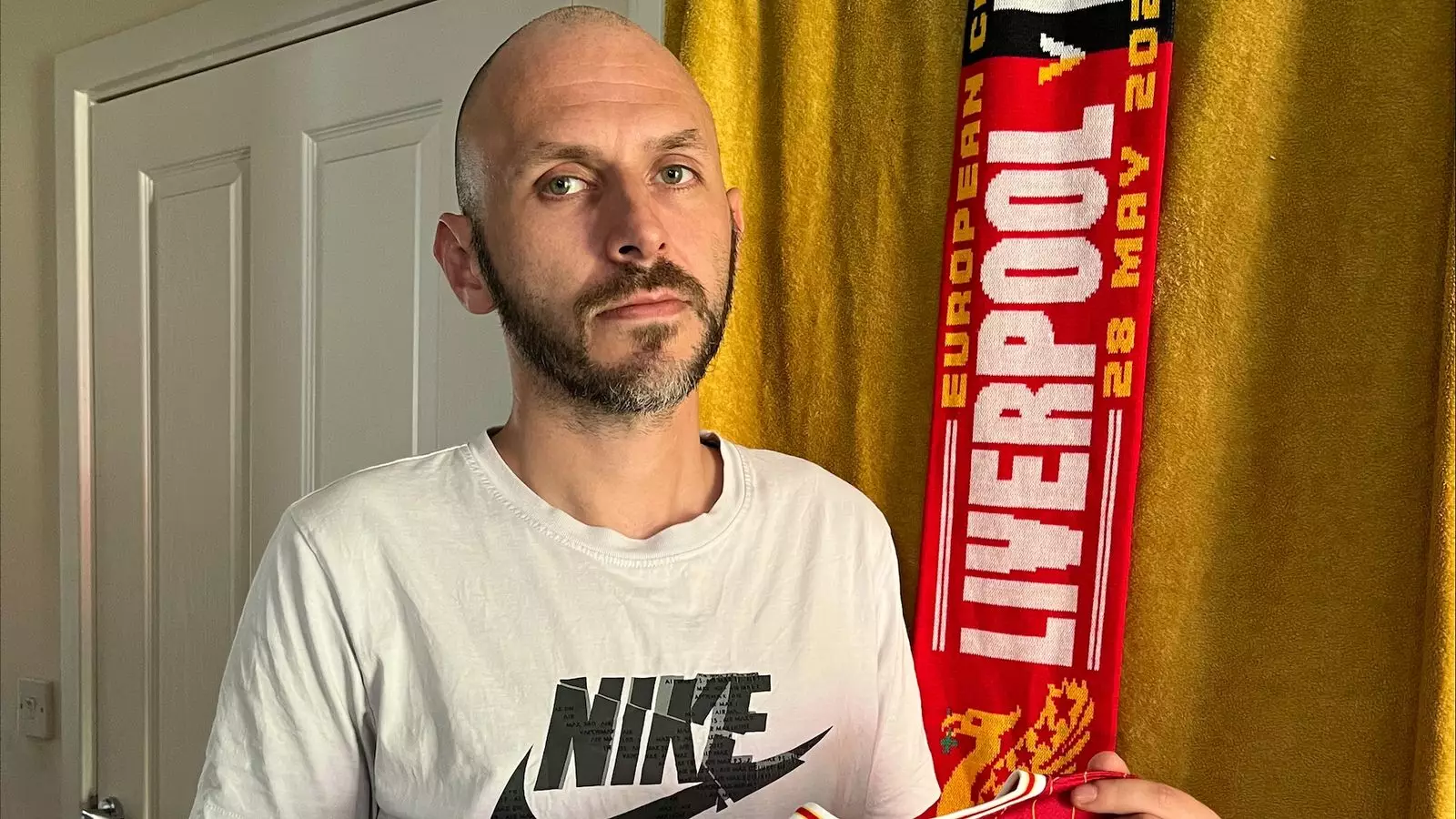An ordinary day filled with jubilant celebrations turned into an unimaginable nightmare for Daniel Everson and his family during Liverpool FC’s victory parade. What was supposed to be a time of togetherness and joy morphed into chaos as a car careened into a crowd, leaving behind devastating physical and emotional wounds. This incident isn’t merely a tragic anomaly; it serves as a chilling reminder of how quickly celebration can be overshadowed by calamity.
In the throes of such a monumental event—where fans unite to share in their team’s glory—one would expect safety to be a paramount concern. So when Daniel describes the horrific moment of impact, it raises pressing questions not only about accountability but also about the systemic failures that allowed such a dangerous moment to unfold in the first place. Daniel recalls desperately trying to shield his family as the vehicle lurched towards them, embodying the instinctual drive of a parent to protect. Yet, in that chaotic, split-second decision, the reality of vulnerability shines through starkly—an everyday family, caught in a monstrous clash of joy and devastation.
A Light on Dark Issues
The trauma inflicted on Sheree Aldridge and the anxiety of Daniel losing hold of their five-month-old baby, Teddy, highlight an additional layer of distress—the psychological scars left in the wake of such horror. While we often focus on the physical injuries that need healing, we must also confront the emotional aftermath that will likely haunt this family long after the event. Daniel describes the scene as akin to “hell,” characterizing the complete breakdown of safety amidst a festive atmosphere—this chaos is something they will have to grapple with for a lifetime.
Moreover, the aftermath emerged not just as a personal tragedy but a societal concern. With law enforcement now interrogating the driver on multiple severe charges—including attempted murder—the entire community should be left questioning the safety measures implemented during mass public gatherings. The incident not only raises alarm bells about crowd control and vehicular regulation but also calls for a genuine reassessment of how we celebrate as a society. Events meant to strengthen community ties can sometimes become platforms for chaos if we neglect our obligation to protect those who partake in them.
Who Is to Blame?
As Daniel articulates his feelings of anger and anguish, one can understand the frustration boiling within him. His assertion that the situation “wasn’t handled properly” resonates deeply, as it sheds light on the systemic issues leading to such a preventable disaster. What protocols were in place to ensure that a vehicle could not breach a densely packed crowd? Failure in these areas forces us to confront uncomfortable truths about our safety expectations and the policies that govern public events.
The driver, identified as a 53-year-old man from the area, symbolizes not only one individual’s recklessness but also the broader societal tendency to overlook public safety in the thrill of celebration. As investigations continue, the community must grapple with the uncomfortable notion that joy can easily become sorrow when precautionary measures are ignored. It is vital that this incident encourages a vital discourse on necessary reforms and policies to ensure that our celebrations do not come at the cost of human lives.
The Aftermath of Trauma
While Sheree Aldridge recovers from her physical injuries at Aintree University Hospital, the emotional toll on her and her family cannot be understated. In an era that demands accountability and safety, cases like this one should not be an outlier but a rallying cry for immediate change. The effectiveness of systemic safety measures will be tested on how well we respond to such incidents. For Daniel and Sheree, the memories of that fateful day will linger. The emotional backlash they will experience demands more than just temporary media coverage; it calls for sustained attention toward ongoing recovery, clear communication about safety measures, and a collective vow to prioritize community well-being.
As we reflect on the bittersweet lessons learned from this golden opportunity that turned grim, let us not merely mourn what has been lost but work proactively to prevent such tragedies from occurring in the future. The discourse surrounding public safety is far from over—it should serve as a catalyst for genuine change, ensuring that the euphoria of community triumphs can exist without the shadow of impending disaster.


Leave a Reply